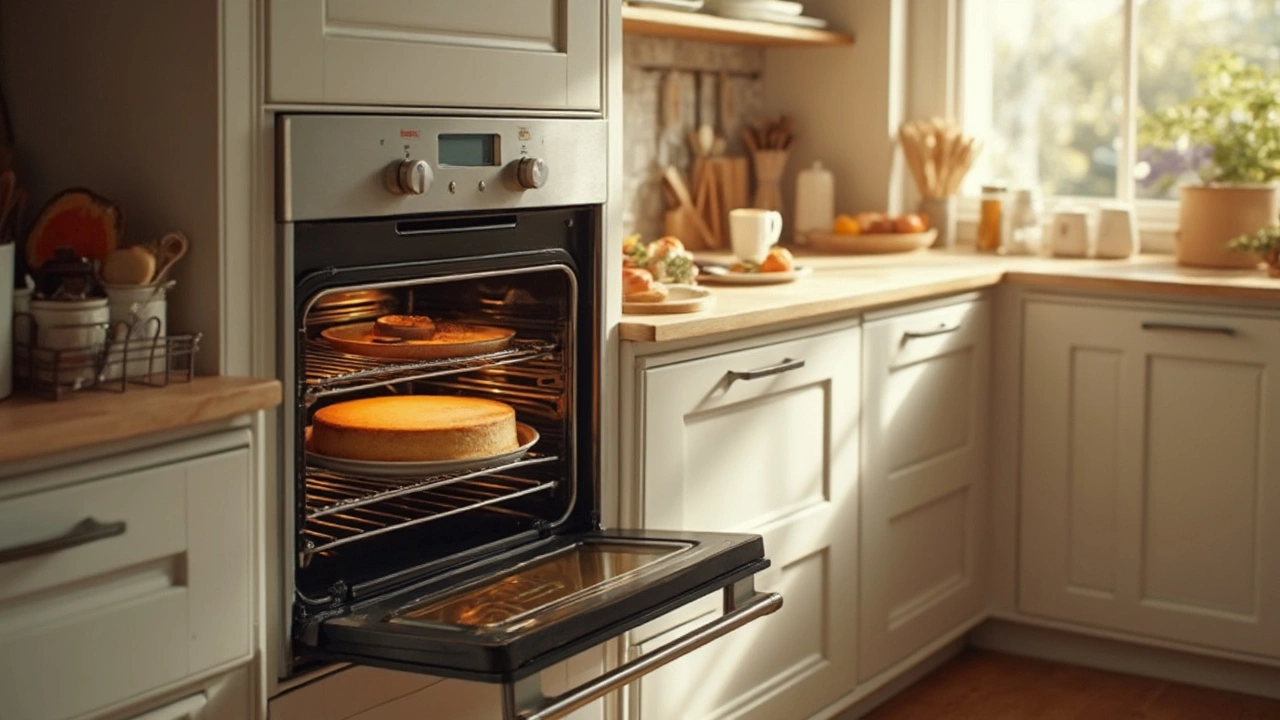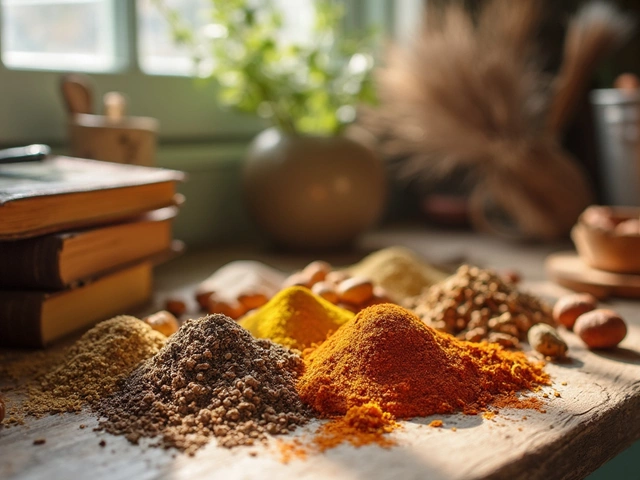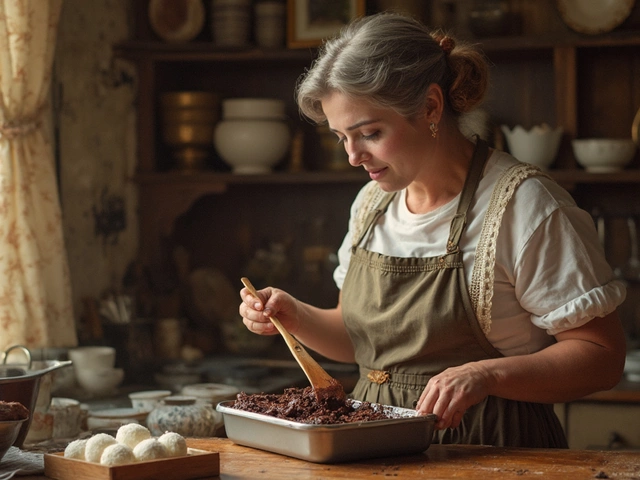Oven Rack Position: Simple Tips for Perfect Bakes
Ever wonder why some cakes rise too high or brownies turn out soggy? The answer is often the rack you chose. Moving the rack a few inches can change heat flow, moisture, and how fast the top browns. Below you’ll find quick, practical advice for the most common bake types.
Why Rack Height Matters
The oven heats from the top and the bottom. When the rack is too close to the heat source, the surface cooks fast while the inside stays raw. Put the rack too low, and you get a pale top and over‑done bottom. The sweet spot lets the heat surround the food evenly, giving a nice rise and a golden crust.
Best Rack Positions for Common Bakes
Cakes and cupcakes: Aim for the middle rack. This keeps the heat balanced so the cake rises evenly and the top doesn’t burn. If you’re using a dark pan, move it a little higher to avoid extra browning.
Brownies and bars: The middle or a half‑inch lower works well. Brownies need steady heat to stay fudgy inside. A lower rack can dry them out, while a higher one can make the top too crunchy.
Cookies: Place them on the middle‑lower rack. This lets the bottom set before the top spreads too much. If you want extra crisp edges, shift the sheet up a notch for the last two minutes.
Pizza and flatbreads: Use the top rack or even the broiler position if you like a blistered crust. A high rack delivers direct heat that crisps the bottom fast.
Roasting veggies: Position them on the lower half of the oven. This keeps the heat close enough to caramelize the edges without burning.
When you bake multiple trays, stagger the racks (one high, one low) and rotate them halfway through. This mimics a convection effect even in a static oven.
Remember to preheat the oven long enough for the rack to heat up too. A cold rack can cause uneven baking, especially for delicate cakes.
Try these simple adjustments next time you bake. You’ll notice quicker, more reliable results without buying new equipment.






